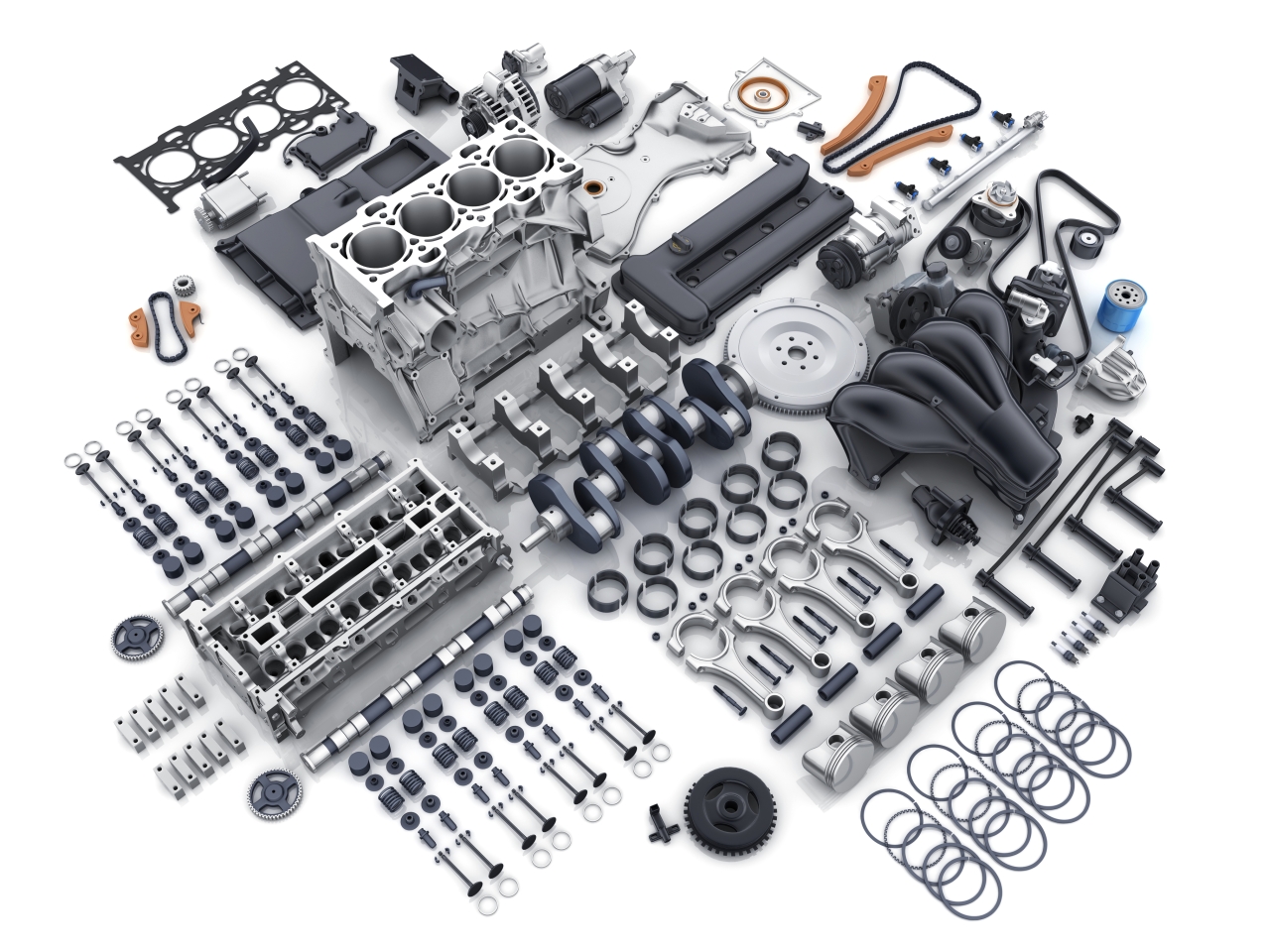In this post, we'll address a topic that comes up in almost every conversation about repairs and modifications: whether it's better to choose a used OEM part or a new aftermarket replacement. The answer can be surprisingly simple when you consider fit, materials, and total cost of ownership. Below are five specific reasons, supported by examples from popular cars. From the driver's perspective, it's peace of mind after installation, while from the workshop's perspective, it's predictable timing and factory-installed fasteners. Global Parts helps you select used car parts based on VIN and OEM numbers, ensuring installation without modifications.
Used OEM vs. Aftermarket: What Really Makes the Difference?
When quick results are key, the options shrink to two: used original equipment parts or new replacement parts. A used OEM part has the same design, geometry, and materials as the car had when it left the showroom. An aftermarket part can be attractively priced for simple components, but when it comes to safety, connectivity, or interior fit, the OEM often holds the upper hand. An aftermarket part tempts with its newness, but a used OEM guarantees a factory fit., appearance and logic of work.
Geometry and dimensional tolerances play a key role. A BMW E60 headlamp bracket must guide the lamp precisely; offsets can alter the gaps and line of the hood. The BMW E60's steering knuckle or the Ford Transit's rear axle affect alignment, and therefore handling and tire wear. Electrically, there are power supplies and interfaces: the M54 alternator is typically 120–150 A with a specific bead and signal connector (DF/DFM or LIN). The BMW E90 320d fuel pump, on the other hand, operates within specific pressure/PWM control ranges, and the E60's AUX requires a compatible harness and shielding. Interior design is all about appearance and ergonomics: a Mini Cooper door handle or a VW Polo 9N steering wheel benefit from a factory-matched texture and color. The conclusion? OEMs use the same materials, coatings, and interfaces designed for a given model. The result: it fits and functions like a production part.

Five reasons to choose used OEM
First, the after-installation effect: it should fit without any modifications and function like the stock part. Used OEM part. It meets this requirement by definition. It has the same geometry, materials, and mounting points as the original part. This makes assembly quick and the result predictable.
- Factory fit and mounting The original part has identical locating pins, threads, and clips. The body or interior element "sits" in place without the need for additional spacers.
- Materials and coatings as specified The load-bearing suspension and steering components utilize steel grades and coatings specifically designed for load and corrosion resistance. This ensures durability and eliminates unwanted noise.
- Plugins, signals, work logic Electrical and fuel components work with the system exactly as intended. Current characteristics, control voltages, and connectors are factory-correct.
- Visual consistency and ergonomics Cabin details, control panels, and multimedia components retain their texture, color, and functionality. Everything looks and operates as it did before the repair.
- Shorter installation time and lower total cost Factory fitment reduces time on the lift. Fewer adjustments mean lower costs and a faster return to the customer.
Who uses OEM?
Drivers who choose genuine OEM car parts gain a natural look and peace of mind after delivery. The car retains its factory specifications, and service ensures predictable installation without the need for rework. When it comes to suspension geometry, electrical systems, or interior ergonomics, OEM parts always hold the upper hand. This guarantees reliability and full compliance with factory standards.
When driving performance, proper module communication, or cabin comfort and aesthetics matter, OEM car parts deliver the most reliable results. It's worth emphasizing that precision is key when it comes to critical functions and vehicle appearance – that's why genuine OEM parts are the best choice.
The cost is also important. The purchase price isn't everything. Installation time, the number of corrections, and the risk of additional visits also factor in. The original part has factory-installed points and the correct pinout, so the job is done faster. In practice, the total cost is often lower than with a seemingly cheaper alternative.

Selection recommendations
Scenarios and simple steps
If a part affects handling or safety (suspension, steering, brakes), the choice is the original. In electrical and fuel systems, connectors, characteristics, and controls are crucial – here, the OEM usually provides "plug and play." In the cabin, color, texture, and ergonomics are key – interior details are best matched to the original. In timing and drivetrain systems, material and geometry are key. It's always worth supplementing the decision with the part number and VIN to finalize the match in one step.
| Product category | Sample items | What makes OEMs superior | Effect after assembly |
|---|---|---|---|
| Suspension and steering | steering knuckles, wishbones, hubs | tolerances and coatings | correct geometry and no play |
| Charging/starting system | alternators, starters | connectors and control logic | stable operating parameters |
| Fuel and intake | pumps, cables, sensors | flow/control characteristics | some unrest and work culture |
| Bodywork and lighting | headlight mounts, brackets | stiffness, fit | even gaps, no vibrations |
| Interior and multimedia | handlebars, panels, sockets | color, texture, functions | consistent appearance and ergonomics |
| Timing and drive | chains, wheels, guides | material and geometry | durability and quiet operation |
FAQ
| QUESTION | ANSWER |
|---|---|
| What is OEM and how is it different from replacement? | OEM components are original equipment. A replacement is produced by a different manufacturer according to their own specifications. |
| Won't a used original be "too old"? | In practice, design, material, and compatibility are key. This ensures that the part performs within the parameters intended for a given model. |
| Does the original item fit right away? | In mechanical and interior applications, this is usually the case, as it shares the same mounting points. In electrical applications, connectors and control characteristics are important. |
| How to make a decision quickly? | Simply match the VIN with the catalog number. This is the fastest way to ensure correct installation. |
| Will Global Parts include these categories? | Yes, components for popular brands are available in the following sections: mechanics, electrical, bodywork, interior and multimedia. |
| In the end, it's simple: if you're looking for a factory fit, predictable installation, and consistent results, it's worth choosing a used original. The Global Parts team will help you find the right part number based on your VIN and catalog, and finalize the list of additional components to ensure your repair goes smoothly. |